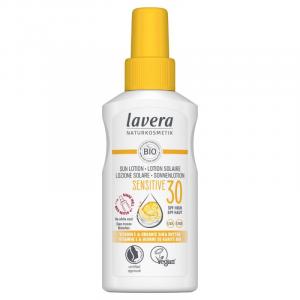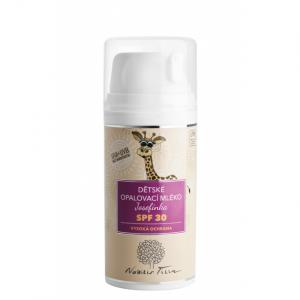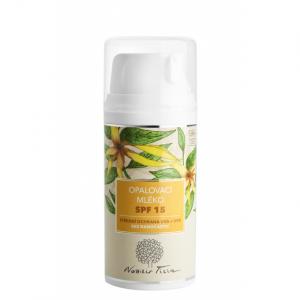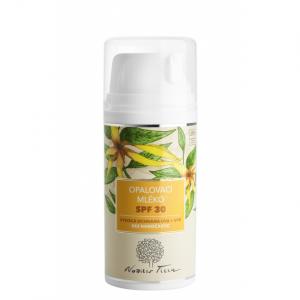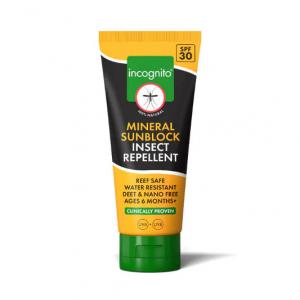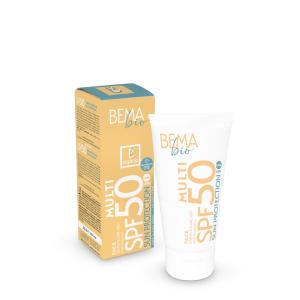
If I tan with SPF 50, will I prevent skin aging?

Can I Tan with SPF 50? Tips for Achieving a Beautiful Bronze Shade Safely
Have you ever wondered if it's possible to tan while using sunscreen with SPF 50? Many people believe that high SPF prevents any skin tanning, leading them to opt for lower protection or even underestimate sun exposure altogether. However, the truth is quite different. With the right approach, you can achieve a beautiful, even, and long-lasting tan with high SPF – and without the dangerous side effects of the sun, such as burns, pigment spots, or premature skin aging.
How Does SPF Work and What Does Factor 50 Mean?
SPF, or Sun Protection Factor, is a number indicating how long your skin can be exposed to the sun without the risk of burning compared to having no protection at all. For example, if your skin starts to redden after 10 minutes in the sun without any sunscreen, with SPF 50, this time theoretically increases 50 times, to 500 minutes. This does not mean that you completely eliminate the sun's effects – you are just protecting your skin from the negative effects of UVB radiation, which is the main culprit of sunburn.
Besides UVB, there is also UVA radiation, which penetrates deep into the skin and causes it to age prematurely. Sunscreens with high SPF usually include broad-spectrum protection against UVA radiation, helping to prevent wrinkle formation, loss of elasticity, and other undesirable effects of excessive sun exposure.
Tanning with SPF 50 – The Myth of an Impenetrable Barrier
One of the most common myths is the belief that using high SPF prevents tanning altogether. This is not true. Sunlight still penetrates the skin through the protective filter, just in a much gentler and more controlled way. This means that the process of melanin production – the pigment that gives skin its tan color – occurs gradually, without the risk of burning or excessive irritation.
People who try to tan faster by not applying SPF 50 often do more harm than good. Burnt skin starts to peel and dry out after a few days, resulting in not only loss of color but also an increased risk of future skin damage. On the other hand, with SPF 50, tanning occurs evenly without extreme intervention, leading to a longer-lasting tan.
Try our natural products
How to Achieve a Beautiful Tan with High SPF?
Although tanning with SPF 50 is slower than without it, there are ways to naturally support the process. The key is sufficient time in the sun, proper skin care, and a suitable diet.
Hydration is crucial – the sun and seawater can dry out the skin, and if it's not sufficiently hydrated, it may peel more easily. Therefore, it's important not only to regularly use moisturizing creams after tanning but also to drink plenty of water.
Furthermore, you can support melanin production by consuming foods rich in beta-carotene. This substance, found in carrots, pumpkins, or apricots, stimulates skin pigmentation and contributes to a more intense tan.
Equally important is consistency. Instead of sudden exposure to strong sunlight, it's better to tan gradually, for example, over several days spent outdoors. This way, the skin gets accustomed to UV exposure, and the color develops more evenly.
SPF 50 as the Best Choice for Healthy Tanning
Using sunscreen with high SPF should not be seen as an obstacle to achieving a beautiful tan but rather as protection that helps maintain the tan longer without negative side effects. Thanks to it, the skin doesn't have to deal with painful redness, drying, or even long-term health problems that excessive sun exposure can cause.
So whether you're planning a seaside vacation or spending the summer in nature, SPF 50 is not a barrier to achieving a beautiful bronze shade. On the contrary – it allows you to tan healthily, safely, and with the assurance that your skin will remain beautiful even long after the summer months.
